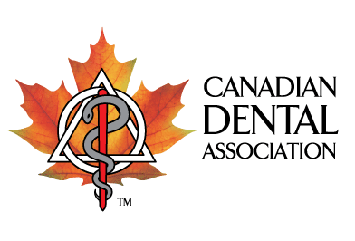Overview
For more detailed information on Choosing a Residency Program, see the related key questions (+ answers) and resources.
It’s important to understand that there are many career paths that a dentist may have and what suits you may not suit your friends or other colleagues. There can also be a disconnect sometimes between what a new dentist’s expectations about work life will and the realities shortly after graduation. Fewer early career dentists have the ability to find full-time work in one practice as an associate. The reality is that newly graduated dentists will more than likely have to work several jobs to attain full-time hours. Furthermore, the type and variety of dentistry may not be what one would expect to do upon graduation.
During your last half of dental school education and when you’re planning for the future, you might wonder what about some of your options. You’ve heard upper years, in the past, talking about doing a residency, but have no idea what this is or what it entails. Is it worth it? Do you get paid? Many of the questions you may have are answered in this section.
Is it mandatory to do a residency? Absolutely not. However, many experienced dentists and educators feel that it should be, because four years of formal education in an accredited dental program is often inadequate to fully train a dentist for independent practice. The concept of “general practice” is a bit misleading because while one practices general dentistry, he/she needs to be proficient in all areas of dental practice. This can be challenging given the number of procedures and varied patients you will come across during the course of a formal dental education. A residency program may be a great way to sharpen your skills and knowledge base in different dental disciplines which will be helpful in the long run.
There are currently 184 General Practice Residency (GPR) programs and 91 Advanced Education in General Dentistry (AEGD) programs in the United States along with several residency programs available in Canada. Locations, contact information and descriptions of these programs are available through the searchable databases of programs provided by the Commission on Dental Accreditation (CODA) for the United States and the Commission on Dental Accreditation of Canada (CDAC). Choosing an accredited program is strongly recommended.
If you decide to pursue a residency…
- Start planning by the end of 3rd year, at the latest
- Seek advice about where to apply from professors and current and past residents
- Cultivate relationships that can lead to top quality recommendations
- Do your due diligence in searching out programs suited to your goals
- Complete applications on time and in full (read instructions carefully for the small print)
- Learn about programs you are interested in – visit, communicate ahead, show genuine interest
- At the interview, be yourself, show your passion, and that you are the right fit for the program

